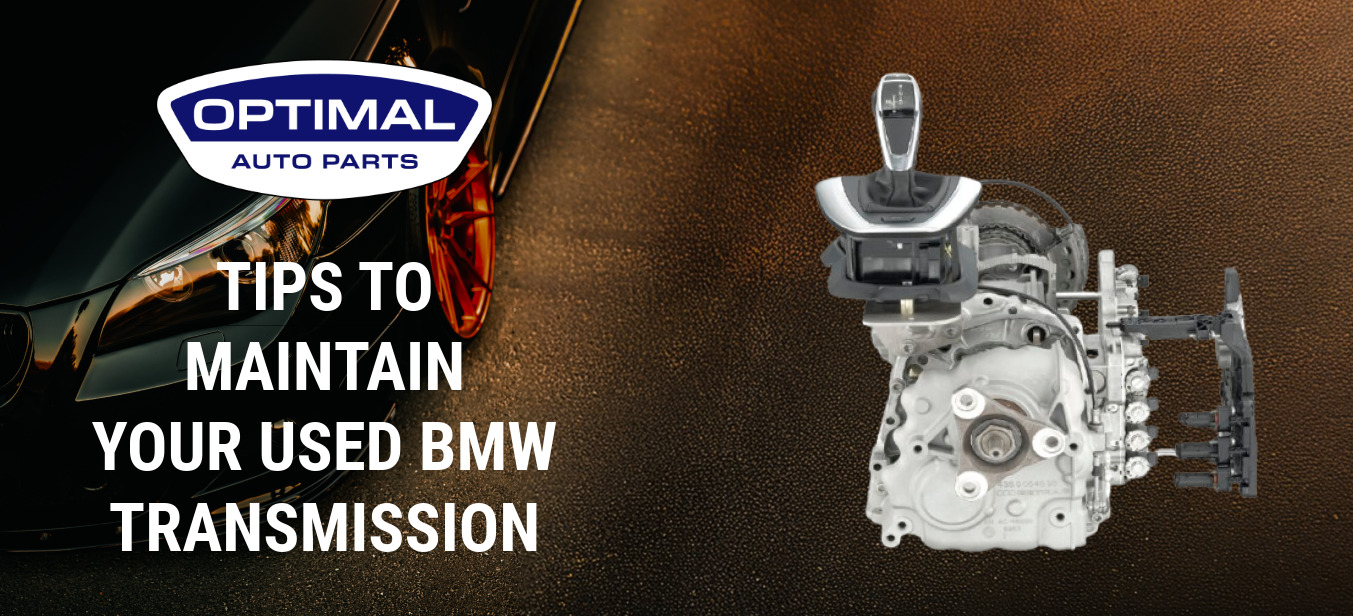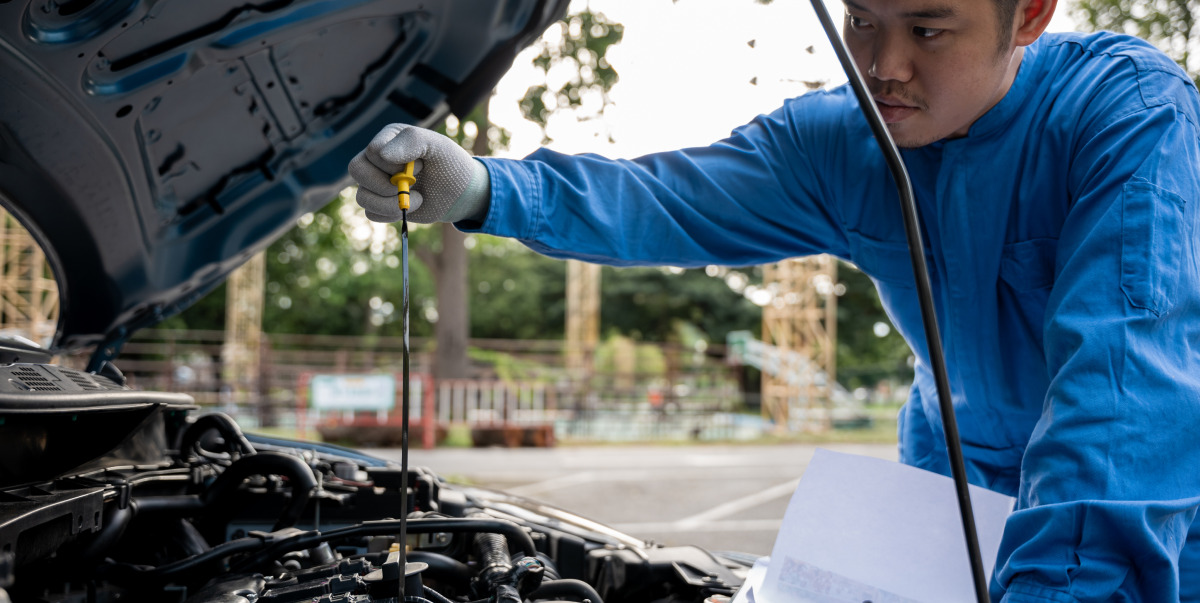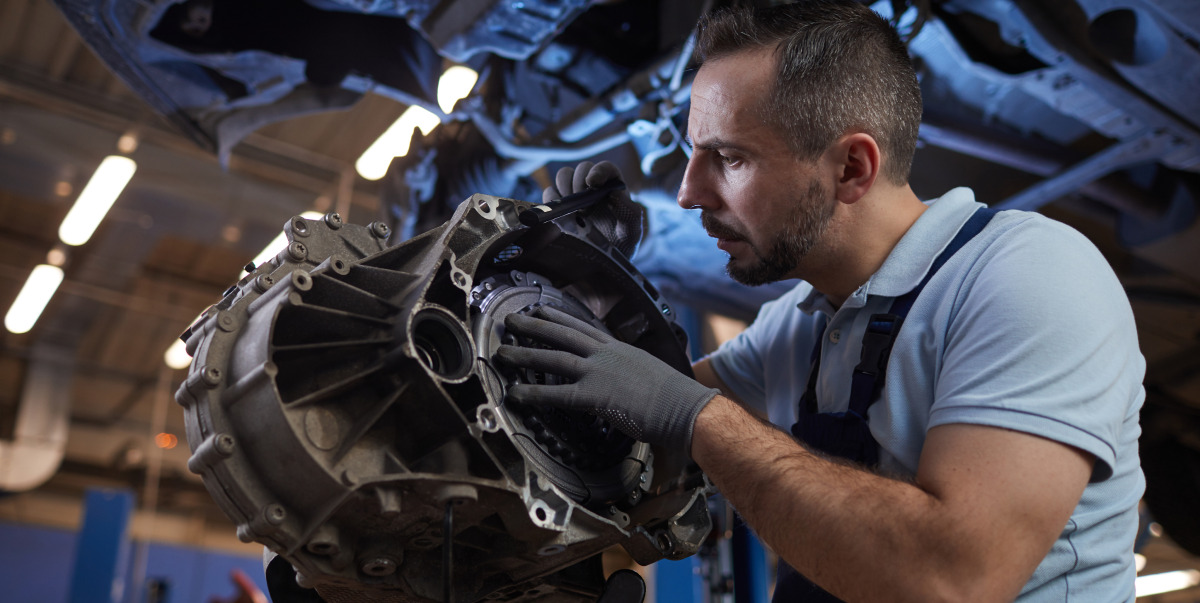Maintaining Your Used BMW Transmission: Tips and Best Practices

Considering owning a pre-owned BMW, for any car enthusiast, might be the most thrilling thing. A used BMW is in demand for style, agility, and power in performance. Like any other category of a luxury vehicle, they do require more frequent maintenance to ensure longevity and optimal performance, especially in their transmission system. The transmission system is among the vital systems in your BMW and helps in power distribution from the engine to the wheels. These may be very expensive if the car is defective and needs repairs or even a complete breakdown.
Ready to find the perfectly used BMW transmission at the best price?
Below are critical maintenance procedures that will show you how to get more miles from your used BMW transmission and cut car repairs.
Understanding Your BMW Transmission
Before listing any maintenance tips, it is vital to get an idea about the kind of transmission your BMW is furnished with. BMW automobiles offer either a manual or automatic transmission; each type of transmission thus has a different way of maintenance procedures.
Another good thing about buying a secondhand BMW engine is that it's already broken-in; it has passed the initial wear and tear stage. This may translate into smoother performance and fewer problems later.
 Manual Transmissions:
Manual Transmissions:
These are transmissions that the driver physically navigates through changes in gears using the clutch and gear selector stick. Even though some owners love the involvement a manual transmission places them in with a BMW, these units commonly have issues such as worn clutches and misaligned gears due to improper service.
 Automatic Transmission:
Automatic Transmission:
On the other hand, new models of the BMW have automatic transmissions; these automatically shift gears. The complex systems of the new transmission require constant fluid changes and prompt maintenance the moment something goes wrong.
Whether the gearbox in your old BMW is automatic or a manual, proper servicing will certainly keep it running great while prolonging its life.
Regular Transmission Fluid Checks
The performance of your car depends on the transmission fluid. It primarily lubricates internal parts, lowers friction, and aids in maintaining the proper operating temperature. The breakdown, viscosity loss, and contamination accumulation of the transmission fluid with time lead to subpar operation and failure.

 To maintain the health of your transmission:
To maintain the health of your transmission:
As part of your regular vehicle maintenance, you should check the amount of the transmission fluid. If your transmission has a dipstick, find out where it is and what the proper fluid level is by consulting your owner's handbook.
 Verify the fluid's hue and consistency:
Verify the fluid's hue and consistency:
Usually, the color of transmission fluid is reddish. It needs to be replaced right away if it seems dark or if it smells burned. Gritty fluid is a sign of potential metal shavings or debris in the system, which is an indication of internal wear.
 Top it off or replace as necessary:
Top it off or replace as necessary:
If it's low, make sure you use the right kind of BMW transmission fluid to fill it up to the proper amount. Think about replacing the transmission fluid entirely if it seems tainted or has been in the vehicle for a lengthy period.
Depending on the model of the vehicle, the road, and the driving circumstances, BMW typically advises changing the gearbox fluid for models with 30,000–60,000 kilometers on average. On the other hand, you should make an appointment for a fluid change as soon as possible if you are utterly unsure of the date of the last one on your used BMW.
Monitor Transmission Temperature
Overheating of the transmission is one of the primary causes of failure. In this perspective, when the transmission fluid becomes too hot, it loses its ability in lubrication and protecting the inner parts, which results in increased wear and eventual breakdown.
Overheating of the transmission in your used BMW can be prevented through several ways:
 Avoid aggressive driving:
Avoid aggressive driving:
The hard acceleration with constant gear changes will surely overheat your transmission, especially when most of your driving is in city traffic. Drive more smoothly to avoid putting rapid stress on the system.

 Check the cooling system:
Check the cooling system:
Your BMW has a cooling system, and it helps keep most of the car at optimal temperatures. The transmission happens to be one of them. Make sure the radiator and cooling fans are working properly, so it does not overheat.
 Install an auxiliary transmission cooler:
Install an auxiliary transmission cooler:
An auxiliary transmission cooler installs with the factory one and helps to keep the oil at the best temperature. Consider this if you live in a hot climate or do a lot of towing.
Drive smart and avoid excessive load
It is easy to extend the life of your used BMW transmission by developing good driving practice. Never overstress your transmission unnecessarily by:
 Not overloading beyond:
Not overloading beyond:
Never overload your BMW with too heavy cargo or over tow beyond its capability. This is because overloading will make the transmission temperature rise and wear out sooner than usual.
Go easy on the gas and brake pedals. Avoid sudden acceleration, stops, or rough shifts that can abuse your transmission. Smooth driving extends transmission life.
It is not necessary for maintenance of your used transmission to be a challenge. By following all the tips highlighted here-right from regular fluid checks, temperature monitoring, leak inspection, shifting issues, and down to smart driving transmission will stay in good shape for many years.
Aside from the better performance, a well-maintained transmission allows you to save yourself from costly repairs in the future. Take good care of your transmission and give yourself an amazing experience behind the wheel in a luxurious and performing used BMW.
Ready to find the perfectly used BMW engine at the best price?